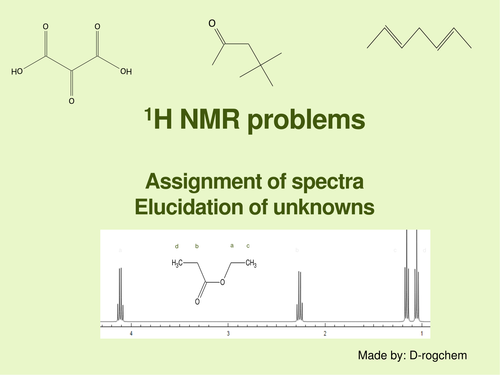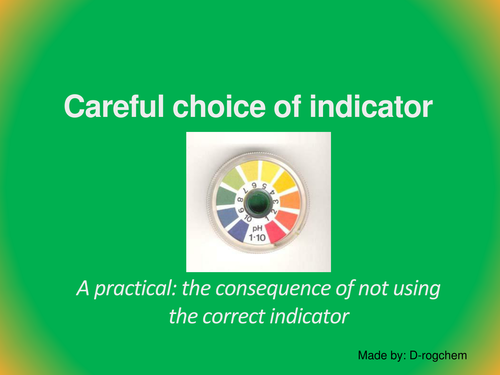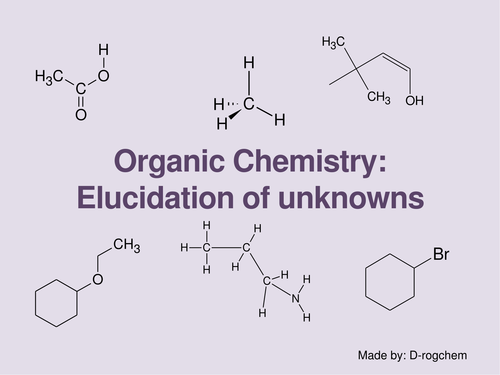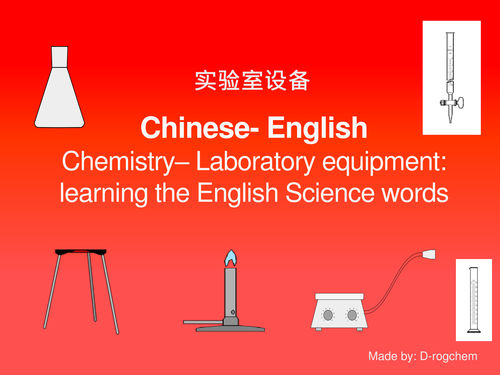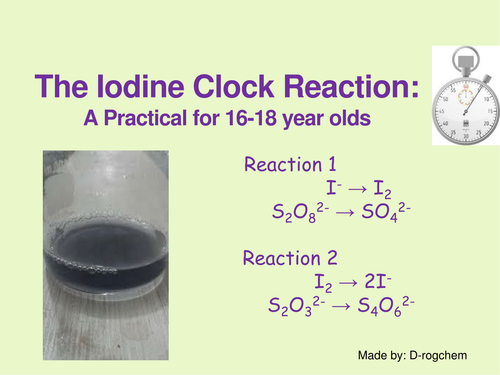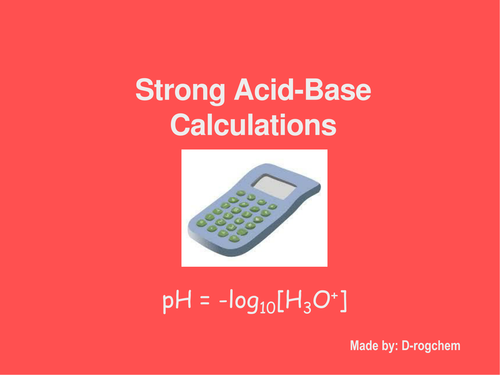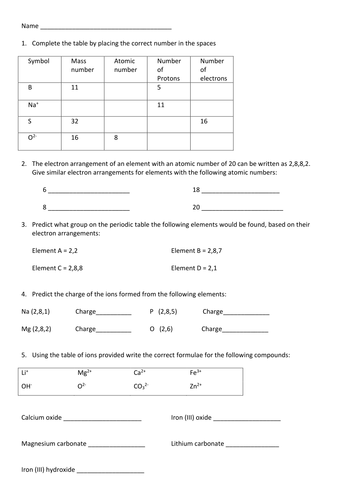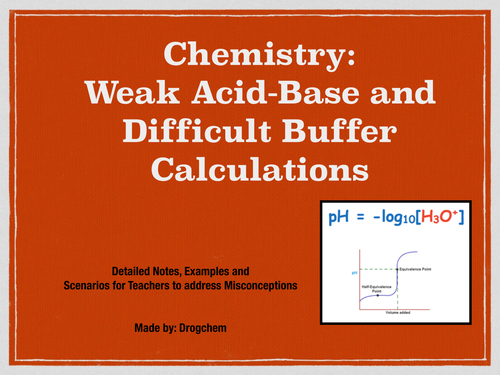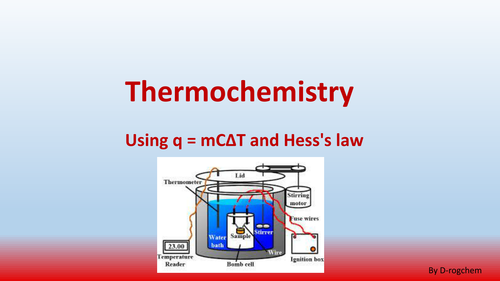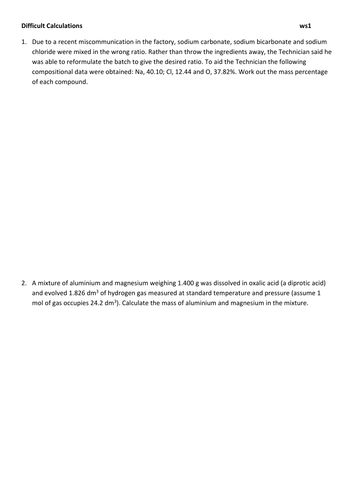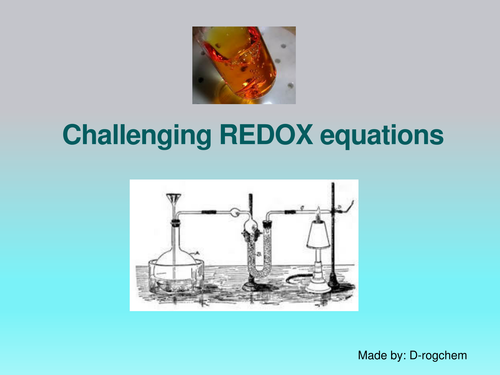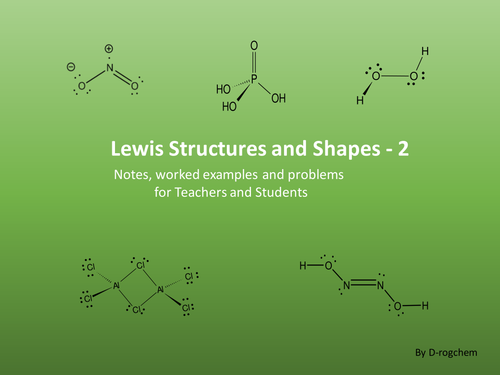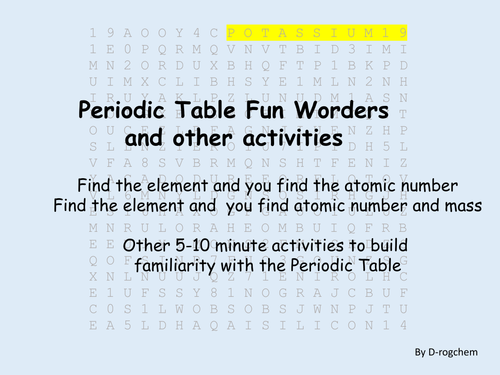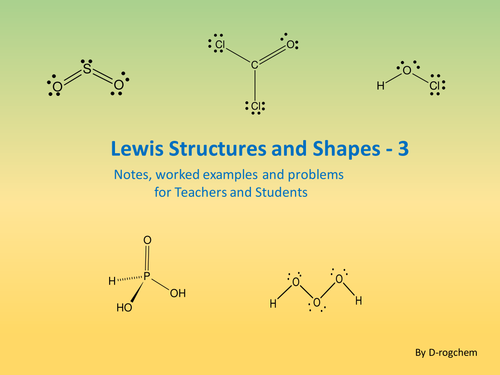D-rogchem's Shop
I am a Science and Chemistry teacher focused on Cambridge IGCSE and AS/A. I am also heavily involved in the National Chemistry Olympiad program. By way of background I have a PhD in inorganic chemistry and entered teaching after 13 years in the food industry. I guess I am a bit old fashioned - I don't use twitter and I have no idea what instagram or Pinterest are......but I love my subject and I love working with students.


